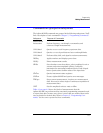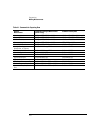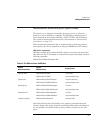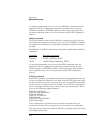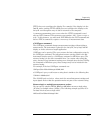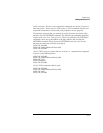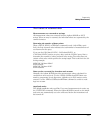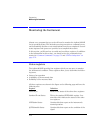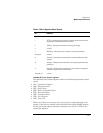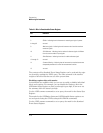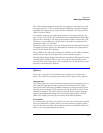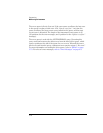
4-15
Programming
Making Measurements
The format of returned data
Measurements are returned as strings
All measurement values are returned from the Agilent 86120B as ASCII
strings. When an array is returned, the individual values are separated by the
comma character.
Determine the number of data points
When a FETCh, READ, or MEASure command is used (with ARRay speci-
fied), the first returned value indicates the total number of measurement val-
ues returned in the query.
If you use the:CALCulate1:DATA?, :CALCulate2:DATA?, or
:CALCulate3:DATA? queries to query data, send the :POINts? query first to
determine the number of values returned in the string. The string does not
contain a first value which specifies the string length. This is shown in the fol-
lowing example:
OUTPUT 720;”:CALCulate1:POINts?”
ENTER 720;Length
OUTPUT 720;”:CALCulate1:DATA?”
ENTER 720;Result$
Data can be corrected for elevation and vacuum
Normally, the Agilent 86120B provides measurement values calculated for
conditions in air at sea level. Use the :SENSe:CORRection:ELEVation com-
mand to compensate for air dispersion. Altitudes up to 5000 meters can be
entered. Use the :SENSe:CORRection:MEDium command to switch to read-
ings in a vacuum.
Amplitude units
The default amplitude units are dBm. If you need measurements in watts, use
the :UNIT:POWer command. When the Agilent 86120B is turned on, the ampli-
tude units are automatically set to the units used before the instrument was
last turned off.



